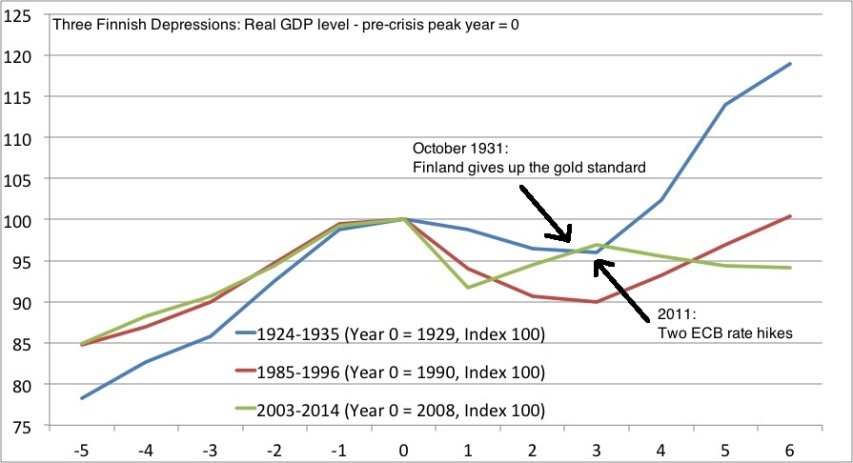Virginia Postrel talks about the greatest danger to the long-term health of Wikipedia — the diminishing central group of editors who do the most to keep it going:
Few of the tens of millions of readers who rely on Wikipedia give much thought to where its content comes from or why the site, which is crowdsourced and open (at least in theory) for anyone to edit, doesn’t degenerate into gibberish and graffiti. Like Google or running water, it is simply there. Yet its very existence is something of a miracle. Despite its ocean of content, this vital piece of informational infrastructure is the work of a surprisingly small community of volunteers. Only about 3,000 editors contribute more than 100 changes a month to the English-language Wikipedia, down from a high of more than 4,700 in early 2007. Without any central direction or outside recognition, these dedicated amateurs create, refine, and maintain millions of content pages.
But they don’t really do it for you. Wikipedia “is operated by and for the benefit of the editors,” writes Richard Jensen, one of their number, in a 2012 article in the Journal of Military History. (Jensen, a retired history professor, is a credentialed scholar, which makes him unusual among Wikipedia’s editors.) Unlike open-source software contributions, working on Wikipedia provides few career advantages. It’s a hobby, offering a combination of intrinsic and social rewards. People edit Wikipedia because they enjoy it.
And that is both the genius and the vulnerability of the organization. Wikipedia’s continued improvement — indeed, its continued existence — depends on this self-selected group of obsessives and the organizational culture they’ve developed over time. But the open structure that enabled the creation of so many entries on so many topics also attracts a never-ending stream of attacks from outright vandals and other bad actors. Forced to defend the site’s integrity, incumbent editors become skeptical, even hostile, toward the newcomers who could ensure its future. If Wikipedia eventually fades away, the reasons will lie in a culture that worked brilliantly until it devolved from dynamism to sclerosis.




